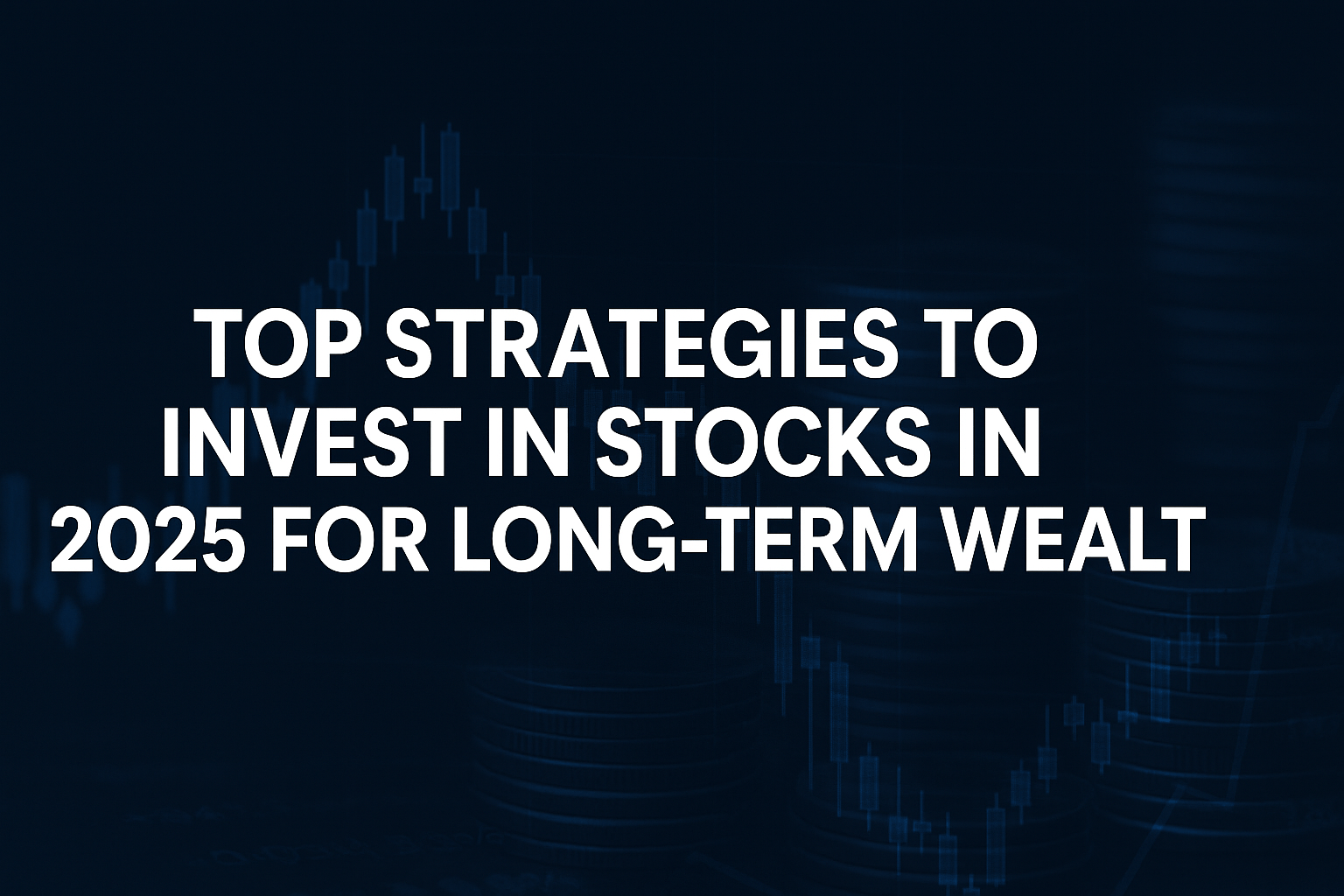Investing in stocks offers individuals a powerful opportunity to build long-term wealth. Whether you’re planning for retirement or aiming to grow your money, the stock market can be a reliable way to achieve financial goals—if approached with care and discipline. This guide explains how to invest in stocks in 2025, even if you’re starting from scratch.
Why Invest in Stocks?
Stocks represent ownership in a company. Over time, they tend to offer higher returns than bonds or savings accounts. Investing in stocks lets you participate in corporate growth and economic expansion. However, with reward comes risk, so understanding the stock market is crucial before jumping in.
Step 1: Set Your Investment Goals
Before investing, ask yourself why you’re doing it. Are you saving for a home, retirement, or your child’s education? Your time horizon affects what stocks and strategies are right for you. Those with long timeframes may take more risk, while those closer to retirement might prefer stability and income.
Step 2: Choose Your Investing Platform
You can invest through:
- Online Brokers: Provide full control and access to various investments. Examples include Fidelity, Schwab, and Robinhood.
- Robo-Advisors: Automated platforms like Betterment and Wealthfront help beginners by building diversified portfolios for a low fee.
Step 3: Build a Diversified Portfolio
Diversification means spreading your money across many investments to reduce risk. Instead of buying one stock, consider ETFs (exchange-traded funds) that include dozens or hundreds of companies. A common beginner portfolio might include a mix of:
- S&P 500 Index Fund
- International ETF
- Bond ETF
Step 4: Invest Regularly (Dollar-Cost Averaging)
Dollar-cost averaging means investing a fixed amount regularly, like $100 every month. This method lowers your average cost over time and reduces the risk of market timing. Many platforms allow automatic contributions.
Step 5: Monitor and Adjust
Check your portfolio once or twice a year. Rebalance if your asset allocation drifts from your goals. For instance, if your stock percentage grows too high, consider moving some money into bonds.
Top Tips for 2025
- Focus on themes: Artificial Intelligence, Green Energy, and Infrastructure are key areas with growth potential.
- Don’t chase hype: Stick to quality companies with consistent earnings and strong balance sheets.
- Think globally: Diversify beyond the U.S. to include emerging markets or European equities.
FAQs
1. How much do I need to start investing in stocks?
You can begin with as little as $5–$100 thanks to fractional shares offered by many platforms.
2. What’s the difference between stocks and ETFs?
Stocks are individual companies. ETFs are collections of stocks—providing instant diversification.
3. Is now a good time to invest?
The best time to invest was yesterday. The next best time is today. Markets may fluctuate, but consistent investing pays off long-term.
4. What’s the biggest risk in investing?
The biggest risks are not understanding what you’re investing in and reacting emotionally to market changes.
5. Can I lose all my money in stocks?
It’s unlikely if you diversify and invest in quality companies or ETFs. Single stocks can go to zero, but funds rarely do.
6. How often should I check my investments?
Once a quarter is enough for most. More frequent checks can lead to emotional decisions.
Conclusion
Investing in stocks in 2025 is more accessible than ever. By starting with a clear goal, choosing the right platform, diversifying your holdings, and staying consistent, you can build wealth and achieve financial freedom. Remember: patience and discipline are the keys to success in the stock market.
